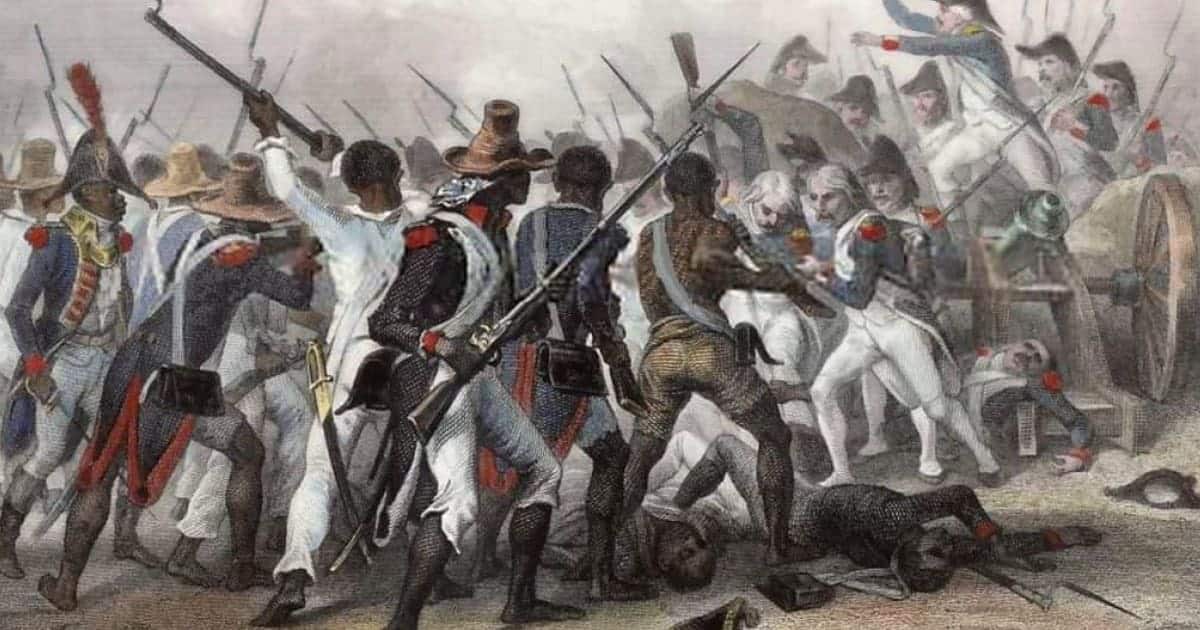In 1759, a group of slaves on the British Caribbean island of Jamaica managed to slip away from their plantations, meeting in a secluded cave. Their leader nodded: Tacky was an Ashanti chief from the Gold Coast who had been sold into slavery, and he quickly emerged as the leader of the rebellion. Their plan began to take shape: they would lead a violent uprising against the slave-owning elite on the island. Wanting to create an African kingdom of their own, they would take no prisoners, raze every plantation, and leave no white man alive. On Easter Monday the following year, they would attack.

Tacky’s Rebellion quickly spread all over the island. By the time the British maintained control of Jamaica eighteen months later, over sixty whites and five hundred slaves were dead. As the colonists turned to rebuild the island, they measured about £250,000 in damages at the time. Tacky’s Rebellion became the most significant attack on the slave system in the Caribbean until the Saint Domingue Uprising in 1791.
By the eighteenth century, the major European powers had moved into the New World, claiming Caribbean colonies whose sole purpose was to create goods to sell in the world market using slave labor. By the middle of the century, the European powers were fighting for supremacy in the New World, and the unrest had moved to the Caribbean. The British had held Jamaica since 1655 after they invaded it and stole it from the Spanish. The English used their contacts on the Gold Coast to obtain slaves for sugar production in Jamaica.

There were many slave uprisings in Jamaica from the middle of the seventeenth century to Tacky’s Rebellion. After the British took over Jamaica, the slaves that were already on the island ran away from the plantations, joining Amerindian communities or forming maroon communities of their own. The British fought the maroons for control of the island, but it was a losing battle. Adding to these tensions, the slaves that the British imported often joined the maroons or began slave insurrections of their own, leading to major uprisings in 1673, 1690, and 1745 in various regions of the island.
To regain control of Jamaica, the British knew they couldn’t defeat the maroon communities, so they made peace with them. In 1740, the colonial government signed a peace treaty with the maroons, stating that they could live in peace, with their own rulers and a British representative, in five towns: Scott’s Pass, Nanny Town, Trelawny Town, Accompong, and Moore Town. In return, the maroons were on standby to help capture runaway slaves and defend the island from invasion and slave uprisings.

